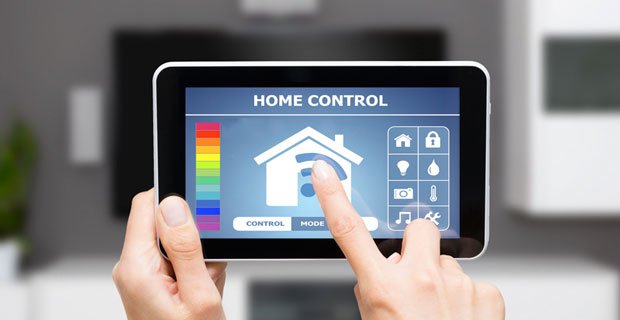Smart devices, often touted as the future of home technology, are struggling to gain widespread acceptance among Americans. A recent survey by Parks Associates, a consumer technology market research firm based in Addison, Texas, reveals that 46.7 million broadband households are currently uninterested in purchasing smart home devices.

Several factors contribute to this reluctance:
- Cost: 44 percent of households (20.5 million) find the devices too expensive.
- Perceived Benefit: 38 percent (17.7 million) do not see the value in these gadgets.
- Privacy Concerns: 35 percent (16.3 million) are concerned about data and privacy issues
Parks Senior Analyst Patrice Samuels pointed out the significance of these statistics, noting that over 40 percent of consumers either don’t own a smart home device or have no intention of buying one.
Price Sensitivity
Price remains a major obstacle for many consumers. IDC’s 2020 U.S. Smart Home Survey found that more than 46 percent of respondents cited cost as the primary barrier to smart home adoption. Julie Ask from Forrester Research noted that many consumers find it hard to justify spending $250 on a smart thermostat when a $25 one performs adequately.
Despite high prices, lower-cost smart home devices are becoming available. Blake Kozak from Omdia pointed out that affordable options such as budget-friendly security cameras, smart bulbs, and plugs are entering the market. However, Jonathan Collins from ABI Research argued that cost has not been the only barrier for some time; complexity, availability, and consumer awareness are also significant challenges.
Value Perception
Many consumers struggle to see the value of smart home devices. While some products, like smart thermostats and doorbells, have gained popularity, others, like smart plugs and switches, are less well understood. Brands are working to better explain the benefits of these devices, with smart speakers leading efforts by integrating with security systems and emergency alerts.
Builders also tend to avoid new technologies they do not fully understand or find cost-effective, contributing to the slow adoption.
Privacy Concerns
Privacy concerns persist, especially regarding devices that monitor activities, such as cameras and smart speakers. Although some consumers are deterred by privacy issues, high-profile incidents of data breaches have not significantly impacted overall adoption. Many brands now include features like physical camera shutters and local storage options to address these concerns.
However, IDC’s Adam Wright noted that while privacy is a valid concern, many consumers prioritize the convenience and benefits offered by smart home devices. ABI’s Jonathan Collins also observed that if a device offers significant value and is priced attractively, privacy concerns may be secondary for many users.
Additional Challenges
Ease of use and interoperability are also key issues. Consumers prioritize devices that are easy to set up and use, and that work well with other products in their home. Smart assistants are helping to simplify the operation of these devices, but integrating multiple devices can be challenging.
Jonathan McGregor, who is building a smart home, highlighted the difficulties of managing numerous devices and applications, noting that interoperability and network security are major concerns.
In summary, while smart home devices offer innovative solutions, challenges related to cost, value perception, privacy, and ease of use continue to affect their adoption.